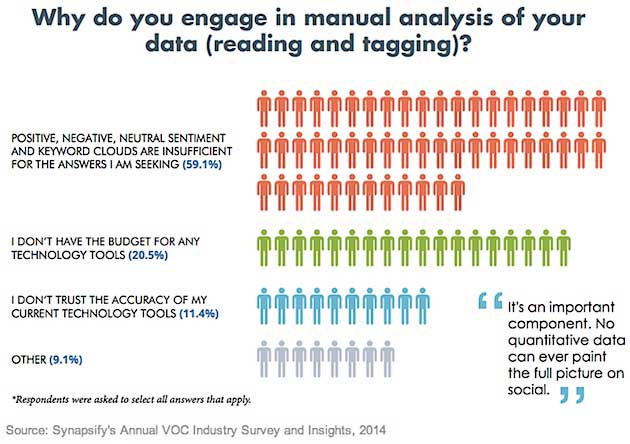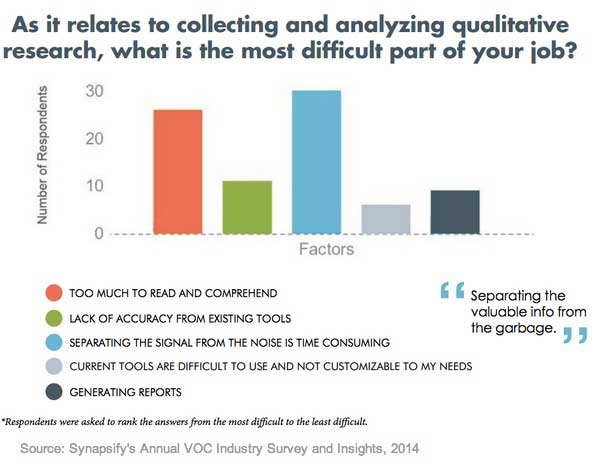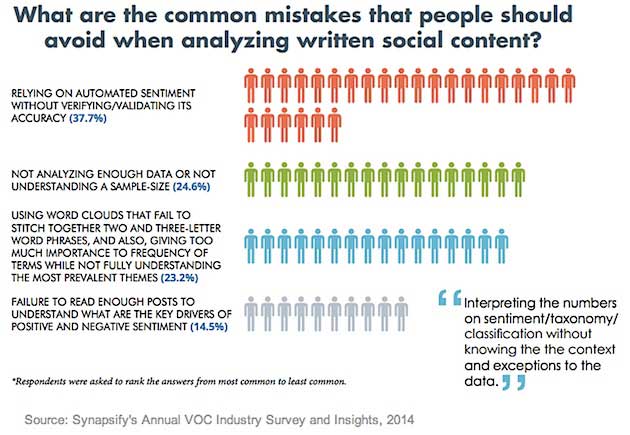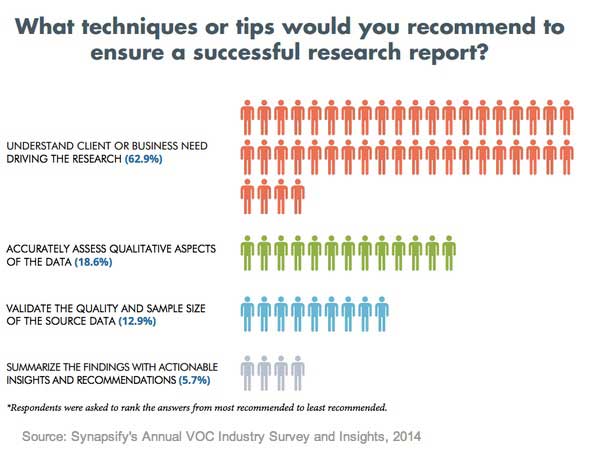Most marketers (89%) say they still rely heavily on manual analysis to determine consumer sentiment and do not yet feel comfortable leaving the task completely to software, according to recent research from Synapsify.
The report was based on data from an online survey of 70 social media community managers and marketing analysts who are regularly tasked with determining consumer opinion based on written content, such as Web comments, social media posts, tweets, product reviews, and emails.
Despite the availability analytics tools to process such data, most of the professionals surveyed report that they still conduct manual research: 33% say they always do so, 30% more often than not, and 26% sometimes.
More than half of respondents (59%) say they still do some manual analysis because they believe the sentiment word clouds used by software programs are incomplete, 21% do so because they do not have enough budget for technology tools, and 11% because they don't trust the accuracy of their current tools.

Below, additional key findings from the report.
Difficulties
Respondents say their biggest challenges in determining consumer sentiment are separating useful signals from noise and having too much data to sort through.

Common Mistakes
- 38% of respondents say a common mistake made in the analysis of social content is trusting automated sentiment results without verifying.
- 24% say people often do not analyze enough data/do not understand the concept of sample size.
- 23% say marketers sometimes rely too much on analytics programs that are not sophisticated enough to determine correct sentiment and themes.

Tips for Success
- 63% of respondents say researchers must understand the business need driving the study if a sentiment report is to be successful.
- 19% say success lies in accurately assessing the qualitative aspects of the data.

About the research: The report was based on data from an online survey of 70 social media community managers and marketing analysts who are regularly tasked with determining consumer opinion based on written content, such as Web comments, social media posts, tweets, product reviews, and emails. Respondents came from a mix of B2B and B2C-focused companies.




